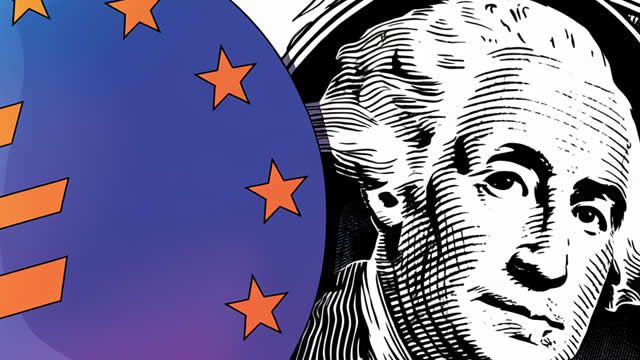The Impact of RBNZ’s Decisions on NZD/USD Pair
Market Analysis
The NZD/USD pair has dropped to a seven-week low, touching 0.6091, as the sell-off that started on 1 October continues to intensify. The New Zealand dollar’s weakness is largely attributed to the Reserve Bank of New Zealand’s (RBNZ) recent decisions to lower interest rates in response to decreasing inflation pressures.
Reasons for Decline
The RBNZ’s decision to lower interest rates has put pressure on the New Zealand dollar as investors seek higher returns in other currencies. This has resulted in a sell-off of the NZD/USD pair, pushing it to a seven-week low.
Additionally, the recent decrease in inflation pressures has also contributed to the decline in the New Zealand dollar’s value. Inflation is a key indicator of an economy’s health, and lower inflation rates can signal a slowdown in economic growth.
Impact on Individuals
For individuals, the drop in the NZD/USD pair could mean higher import prices for goods and services from countries that trade with New Zealand. This could lead to an increase in the cost of living for consumers, as well as impact travel and tourism expenses for those planning trips abroad.
Global Implications
On a global scale, the weakening of the NZD/USD pair could have ripple effects on international trade and financial markets. A lower New Zealand dollar could make exports more competitive but also lead to higher costs for imported goods, potentially disrupting global supply chains and affecting economies around the world.
Conclusion
In conclusion, the RBNZ’s decisions to lower interest rates have had a significant impact on the NZD/USD pair, causing it to drop to a seven-week low. This decline has implications for individuals in terms of higher import prices and could also affect the world economy through changes in global trade dynamics. It is important for investors and policymakers to closely monitor the situation and take appropriate measures to mitigate any potential risks associated with the weakening of the New Zealand dollar.





